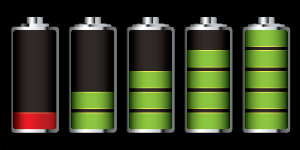It has always be my conviction that economic activity would be increasingly driven as a multitude of temporary projects – thus my main activity around project management. This is finally recognized in this HBR piece ‘The Project Economy Has Arrived‘.

“Quietly but powerfully, projects have displaced operations as the economic engine of our times. That shift has been a long time coming.” “In Germany, for example, projects have been rising steadily as a percentage of GDP since at least 2009, and in 2019 they accounted for as much as 41% of the total. Precise data is hard to come by for other countries, but similar percentages are likely to apply in most other Western economies. The percentages are probably even higher in China and other leading Asian economies, where project-based work has long been an important source of growth.”
“This transformation to a project economy will have profound organizational and cultural consequences. The problem is, many leaders still don’t appreciate the value of projects and write them off as a waste of time.“
The author has been very active in the Project Management Institute and can thus slightly partial to the subject. However the reality is here and many leaders do not necessarily understand the implications of this shift in terms of work organisation and leadership. The image in this post is one of a turbulent flow, which is how I see the organization of the future: a number of projects (the vortices) that appear and disappear in the flow like projects with a limited time span.
Leaders must now account for the fact that probably a majority of value-creating endeavors is project-based. This must lead to significant shifts in organization and competencies to deal with those projects effectively.











